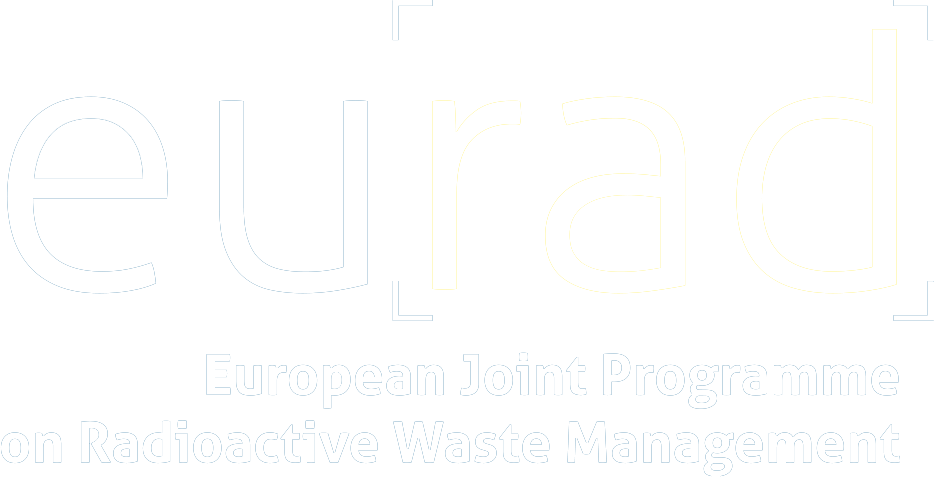Safety of nuclear waste repositories in crystalline host rocks depends on realistic predictions of radionuclide migration in undisturbed geologies beyond the geotechnical barrier. There, fluids will migrate – in absence of large scale connectivities like fissures, fault systems and joints – along weakzones like microcracks, alterations and grain boundaries. The retention potential of crystalline rocks is thus not only controlled by its modal mineralogy but also by the (heterogeneous) distribution of mineral grains and the contact area of different mineral surfaces to migration paths. Until now, reactive transport models assume homogeneous and isotropic distribution of minerals in the host rock. Including the spatial correlation of transport and mineralogy, especially the modal mineralogy along fluid migration paths in the various scales, would significantly improve the estimation of radionuclide retention potentials. In the conference contribution we focused on the small scale correlation in the microstructure. We presented a workflow from (real) samples to microstructure aware retention models, and discussed challenges of input data uncertainties, how they affect the model, and whether these models can be used for upscaling. Our approach is based on the idea that models for heterogeneous distribution of mineral phases can be derived by estimating spatial co-occurrences from measured microstructures. The resulting variability of “accessible” mineral surfaces then allows to derive (by geochemical speciation codes) the variability of contaminant distribution coefficients based on sorption data and pore water composition. We suggested for this problem to use graphs with mineral grains as nodes and contacts as edges. Finally, the lithological results are applied in reactive transport models to calculate the effective radionuclide retention within a representative rock volume.
Visit of conference of the International Association for Mathematical Geosciences (IAMG) 2022
Start date:29/08/2022
End date: 03/09/2022
Beneficiary: Beneficiary requested his/her name not be published online
Location: Nancy, France
EURAD Work Packages involved
WP


